Budget 3D Printer Battle: Voxelab Aquila vs Artillery Hornet vs Ender 3 V2

In this article I will do a comparison between three budget 3D printers: Voxelab Aquila, Artillery Hornet and the Ender 3 V2. The budget 3D printer space is getting more competitive each day, but for some reason I see a lot of people constantly recommending the Ender 3 V2 even though there are other printers out there which offer better specs.
One of the reasons I wrote this comparison article was to answer multiple questions I get from people who are looking to buy a budget 3D printer. There’s always the question: “Which printer is better from these two?” followed up by “Why?“. After reading the article you should have a better understanding about the differences between them to help you make that purchase decision.
Budget 3D Printer Battle Contenders
Voxelab Aquila
The Voxelab Aquila is the newest budget 3D printer from Voxelab, which is verry similar to the Ender 3 V2.
It’s generally available for $179 but you can often get it for around $150 during promotions. I reviewed the Voxelab Aquila and it performed decently well for a budget 3D printer.
You can check the current prices for the Voxelab Aquila in the links below:
AliExpress
Amazon
Voxelab
3D Jake
Artillery Hornet
The Artillery Hornet is the first bowden style budget 3D printer from Artillery. While it’s still an Ender style cartesian 3D printer, the Artillery Hornet has some interesting features which make it more attractive for the potential buyers.
It was launched with a price of $230 but currently you can purchase it for $199 and during promotions you can buy it for 180$. You can read more about it in my Artillery Hornet review.
You can check the current prices for the Voxelab Aquila in the links below:
AliExpress
Amazon
Artillery
Banggood
3DJake
Ender 3 V2
The Ender 3 V2 was launched more than a year ago. It’s an upgraded version of the budget 3D printer king, the Ender 3. It was launched for $279 and it’s currently available for $259. I haven’t reviewed the Ender 3 V2 because it wasn’t really attractive in my opinion, but I previously compared its specs with the Artillery Genius.
You can check the current prices for the Creality Ender 3 V2 in the links below:
AliExpress
Amazon
Creality
Banggood
3DJake
Budget 3D Printer Specs Comparison
Extruder
One of the most important features of any 3D printer is the extruder. If the extruder is not working properly, and pushing an accurate amount of filament, then the print quality will suffer.
Both the Voxelab Aquila and the Ender 3 V2 use a plastic single-gear extruder. It’s probably the cheapest extruder out there, but it still manages to push the filament quite well. On the other hand, the Artillery Hornet comes with an upgraded Titan clone extruder which has a gear ratio of 3:1 offering more resolution.
When it comes to comparing the extruders, the Artillery Hornet is the winner.
Hotend
Another important feature for 3D printers is the hotend choice. All three printers come with a PTFE lined hotend which allows printing up to ~240C.
The Voxelab Aquila and the Ender 3 V2 use the same type of Creality hotend which is also found in other Creality machines. It’s not the worst hotend out there, but it also doesn’t win any awards when it comes to its performance or design. What I like about it is the ease of changing the nozzle. Because the heatblock is held in place with two screws, you can do a one-hand nozzle change.
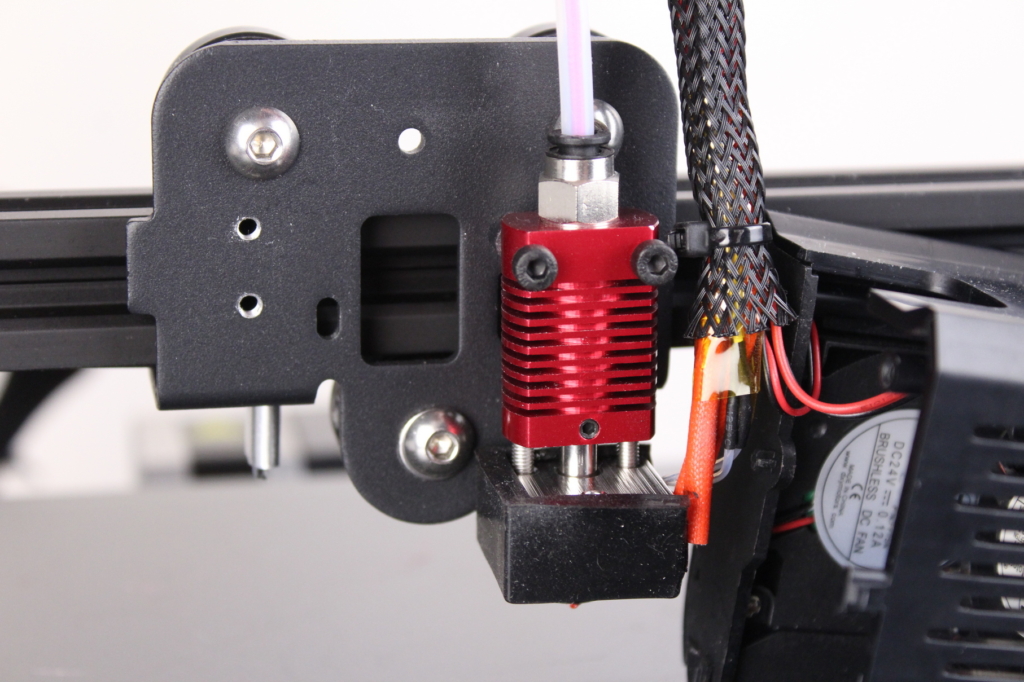
The Artillery Hornet has a different style hotend, which I’ve only seen with this printer. The heatsink is a bit larger and the thermal performance seems a bit better. The main differentiating point here is how the filament is being pushed to the hotend. For the Ender 3 V2 and the Voxelab Aquila, the PTFE tube starts from the extruder and goes right up to the nozzle, touching it. Because of this design, it’s crucial to have a good contact between the PTFE tube and the nozzle to avoid clogs and print quality issues.
On the other hand, the Artillery Hornet changes this setup a bit. The PTFE tube section is mounted on the extruder and the print head to ensure a good filament path. But instead of the PTFE tube going straight to the nozzle, it only reaches the PTFE lined heat break. While this doesn’t allow higher print temperatures, it’s easier to avoid clogs compared to the other two printers.
In my opinion, the Artillery Hornet is the winner here because of this design, especially for beginners.
Print surface
When it comes to the print surface differences between the three printers, there’s not much to discuss. The Voxelab Aquila, Ender 3 V2 and Artillery Hornet use a textured glass plate. You can easily remove this glass plate for the Aquila and the V2 if needed, while the print surface is glued in place for the Hornet.
This time, the Artillery Hornet takes the 3rd place because my review sample didn’t have the glass plate perfectly attached to the aluminum heatbed, and also because gluing the print surface to the aluminum bed is stupid. If you decide to upgrade to a magnetic PEI sheet, the installation process will take less than 10 minutes for the Voxelab Aquila and the Ender 3 V2, while the Artillery Hornet will give you more trouble.
It’s also worth noting that the Artillery Hornet is the only 3D printer from the three which also includes bed insulation material which makes it more efficient in terms of power consumption.
Part cooling
Having good part cooling is also important, especially when printing PLA which greatly benefits from the airflow. The Voxelab Aquila and the Ender 3 V2 have a single 4010 radial fan on the right side of the print head, which does an acceptable job. You won’t be printing really fast with these machines anyway so it’s mostly fine in most cases, but you might have some models where you notice decreased quality on the left side where airflow is not as good.
With the Artillery Hornet, we get dual 4010 fans which provide better airflow for cooling the model from both sides, which makes it the winner when comparing part cooling performance.
Board
All three printers come with a 32-bit board and silent stepper drivers, but the Artillery Hornet is the only one which has removable stepper drivers. This could be important in case one of them gets damaged.
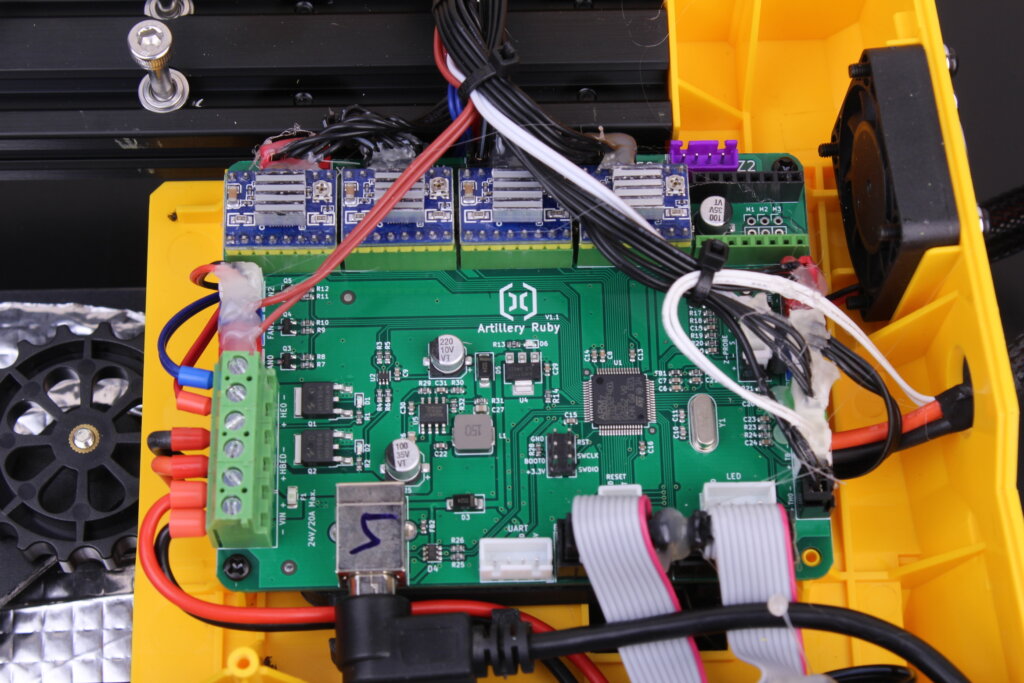
For the Voxelab Aquila and the Creality Ender 3 V2, if one of the stepper drivers is burnt, you need to replace the whole board, while with the Hornet you only need to remove the old stepper driver and install the replacement.
There’s also an extra stepper driver slot available on the Artillery Hornet board, which can be used for adding a secondary stepper motor for dual color 3D printing, or dual Z axis (if you ever decide to start modding it). Besides that, I have to give points to Artillery for using proper ferules for the power wires connected to the board.
The firmware sources are available for all three printers, allowing easier firmware development from the community.
Power supply
Talking about the power supply used by these printers, it’s nice to see a Mean Well unit on both the Voxelab Aquila and Ender 3 V2. The Mean Well power supplies are good quality and are preferred over no-name units present on other machines. The main issue I have with these power supplies is the increased noise produced by the cooling fan.
The Artillery Hornet doesn’t have a name brand power supply, but it hasn’t caused me any issues yet, and it also has a silent fan that contributes to less noise coming from the printer.
Winners in the power supply department are the Aquila and the Ender 3 V2, because I trust Mean Well more than I trust no-name variants.
Screen
In the screen department, the Voxelab Aquila and Ender 3 V2 use the same 3.5-inch color screen, with different orientation and firmware customization. The Aquila has the screen in a horizontal orientation to benefit from the better viewing angles, while the Ender 3 V2 has the screen set in a portrait orientation. The main differences between these screens are the firmware customization and theme. They can be easily upgraded with customized firmware builds that offer more functionality.
The Artillery Hornet has a smaller monochrome 128664 screen which uses the default Marlin interface. Screen uniformity is not great, with some light bleeding. It doesn’t look as good as the newer color screens used by the Aquila and the Ender, but some people might like the old-school interface more.
Considering that the screen is mostly a matter of preference, there’s no winner here. But I like the color screens more.
Bed Leveling
All three printers rely on manual bed leveling using the four knobs under the bed, but the Hornet has an attractive feature out of the box in the form of MBL (Mesh Bed Leveling).
This feature allows you to create a mesh model of your print surface to compensate for the uneven spots of the bed. The nozzle position is adjusted in 9 points using the on-screen wizard, and after saving the mesh your printer will adjust the nozzle position during printing to compensate for the small uneven spots.
Manual Bed Leveling can be quite helpful especially if you are unfortunate enough to get a printer with uneven spots on the print surface, and it eliminates the need for adding an auto bed leveling solution like the BLTouch.
Voxelab Aquila vs Ender 3 V2 vs Artillery Hornet
Assembly
Both the Voxelab Aquila and the Ender 3 V2 come as a kit, and you need about 1 hour to put them together. The Artillery Hornet comes partially assembled and it shouldn’t require more than 30 minutes to have it ready for printing.
If you like tinkering and assembling printers, then the Aquila and Ender 3 could be more attractive, but keep in mind that you need to follow the instructions carefully to ensure everything is installed correctly.
In this case, I think the Artillery Hornet is more attractive because it takes less time to assemble. Besides that, getting the printer mostly assembled will minimize print quality issues caused by incorrect assembly which will cause less frustration for a complete beginner.
Print quality
We’ve reached a point where most of the budget 3D printer out there are able to produce good printing results. Some printers need more tuning than others, and the differentiating factor is the profile used.
I recommend checking the Voxelab Aquila and Artillery Hornet reviews to decide for yourself which prints look better. For the Ender 3 V2 I don’t have any prints to share because I haven’t tested it.
Noise levels
In the noise department, the Artillery Hornet wins without a doubt. It’s probably the most silent 3D printer I’ve tested and I really appreciate this. The Voxelab Aquila’s fans are noisy, and it’s hard to use it in the same room where you work without getting annoyed.
Unfortunately, I can’t say too much about the Ender 3 V2 fan noise, but considering the fans used by Creality for most of their printers, it’s surely noisier than the Hornet.
With custom firmware, the MBL feature can be added to the Aquila and the Ender 3 V2, but I’ll give this win to the Hornet because it’s a feature enabled from the factory.
Community
When considering any of the budget 3D printers, you might be interested in the user community around them. This is especially important for a beginner because when you start 3D printing, you might need help setting it up or questions about various features.
There’s no denying that when it comes to the community available for any particular printers we’re comparing today, the Ender 3 V2 community is the biggest. Mostly because the printer is older than the Aquila and Hornet, but also because it’s Creality. This might be the reason why the Ender 3 V2 is so popular. A lot of owners who can recommend the same printer they’re using.
The Voxelab Aquila community is smaller, but it quickly grew over the last few months due to the printer’s popularity. It’s one of the cheapest printers out there, so more and more people decide to give it a go. Considering that it’s close to 100$ cheaper than the Ender 3 V2, you can understand it’s emerging popularity.
The Artillery Hornet community is probably the smallest, mostly because when it was launched, it was priced a bit higher. The Artillery Genius was a better alternative considering the small price difference at the time.
Modding potential
When judging the differences between these printers, we should also consider the modding potential. Some people want to get a printer that just print their models without ever considering altering the printer, while other people buy printers as a tinkering device to learn more about them. It can be both a frustrating and satisfying experience.
The Ender 3 V2 and the Aquila are similar, and you can use most of the Ender mods available for the Aquila as well. You can print upgraded parts to improve the printer performance, customize the looks of the printer, or flash custom firmware to add more functionality. I covered some of the potential Voxelab Aquila upgrades in a dedicated article.
The Artillery Hornet doesn’t have too many mods available online, and there’s also not many custom firmware which can be flashed to the printer.
When it comes to the modding potential, the Ender 3 V2 or the Voxelab Aquila can be better suited for you, if you’re into this kind of activity.
What Budget 3D printer would I choose?
After directly comparing all the features between the Voxelab Aquila, Ender 3 V2 and the Artillery Hornet, we now have a better understanding about them.
Considering the price cuts we got lately, the Artillery Hornet is the most attractive budget 3D printer right now if it can be purchased for less than 200$. The printer comes partially assembled, you get a better extruder, dual part-cooling fans, removable stepper drivers and silent operation. I also can’t think of any other upgrades to add to it, instead of the removable magnetic PEI sheet I already installed. But please keep in mind that this is my subjective opinion.
The Voxelab Aquila comes second because of its attractive price point which makes the purchase a bit easier on the wallet, while also giving you access to a larger community.
For me, the Ender 3 V2 is too expensive for what it offers, and without a significant price cut it’s my least recommended printer.
Please also consider the fact that both the Artillery Hornet and Voxelab Aquila have been provided free of charge by the manufacturers for me to review and share my honest opinion about them. I haven’t paid for these machines, but I always judge the printers I review just as I would review a printer bought from my own funds.
It’s also true that my comparison can be a bit flawed considering that I haven’t tested the Ender 3 V2, but I think I have enough experience and I’ve read a lot about it to be able to form an opinion. I might just get one just to ensure my reasoning is correct and provide accurate information in the future.
You should always do your own research before purchasing any of the three budget printers compared in this article, and decide for yourself which suits you best. Check multiple sources of information, from other reviewers and form your own opinion. If you have any thoughts about them, feel free to leave a comment and share your own opinion.
Liked it?
|
|

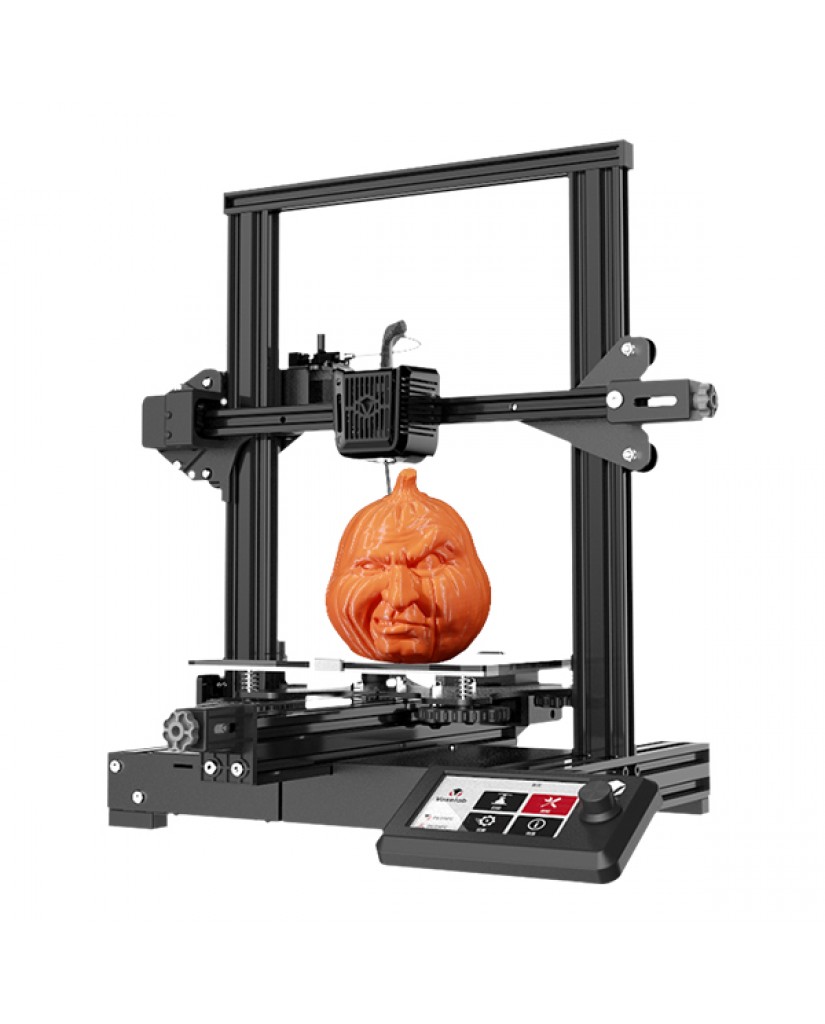
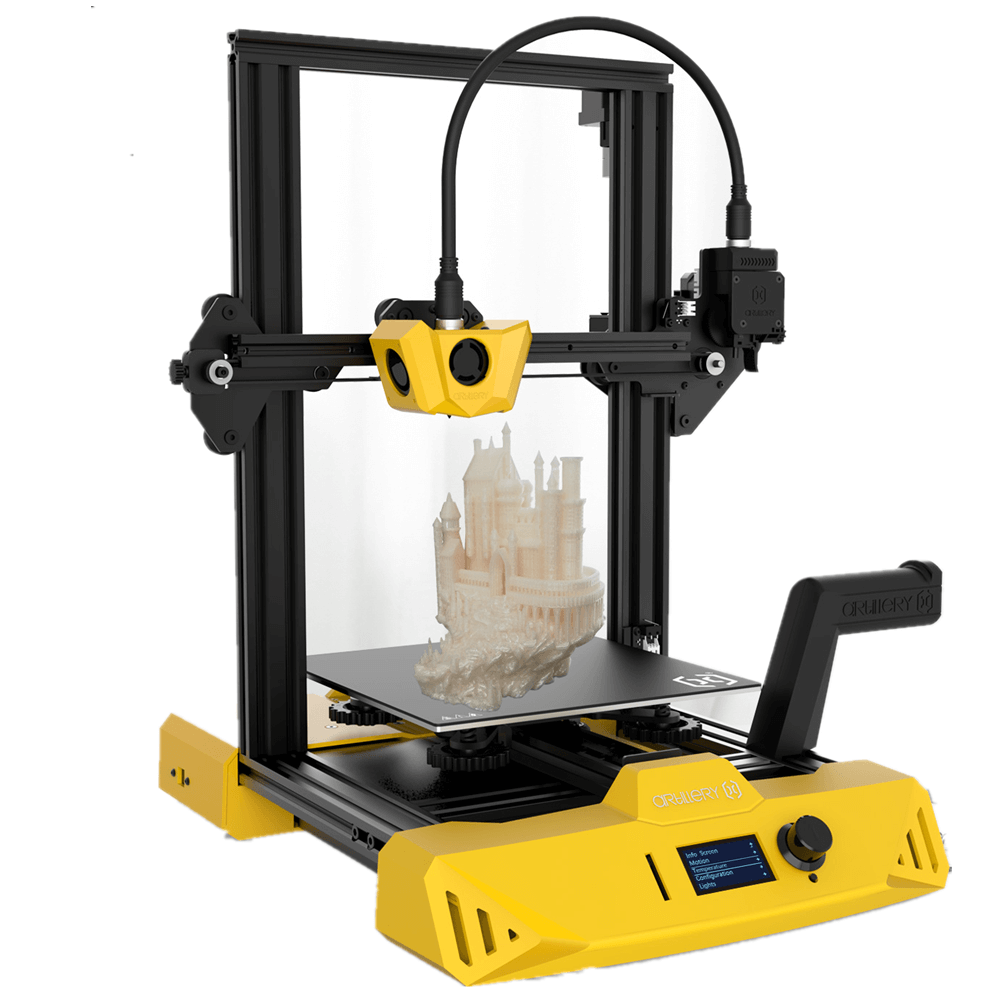
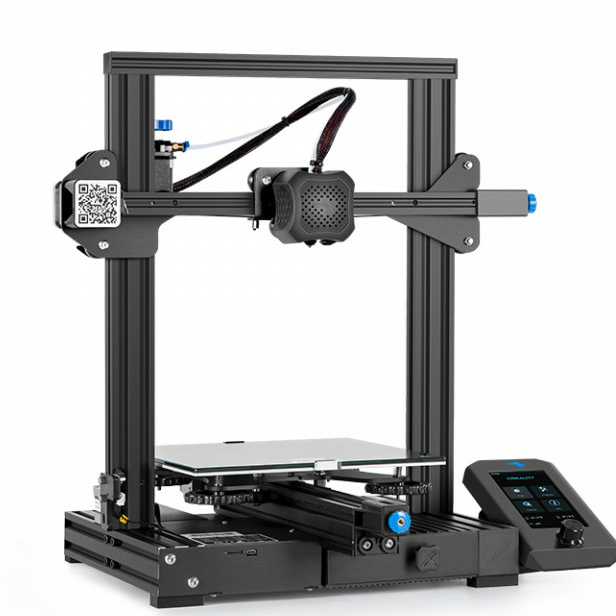


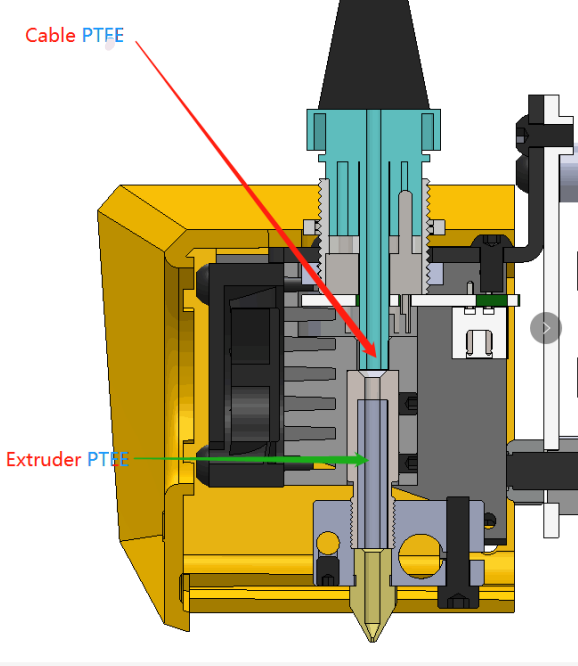

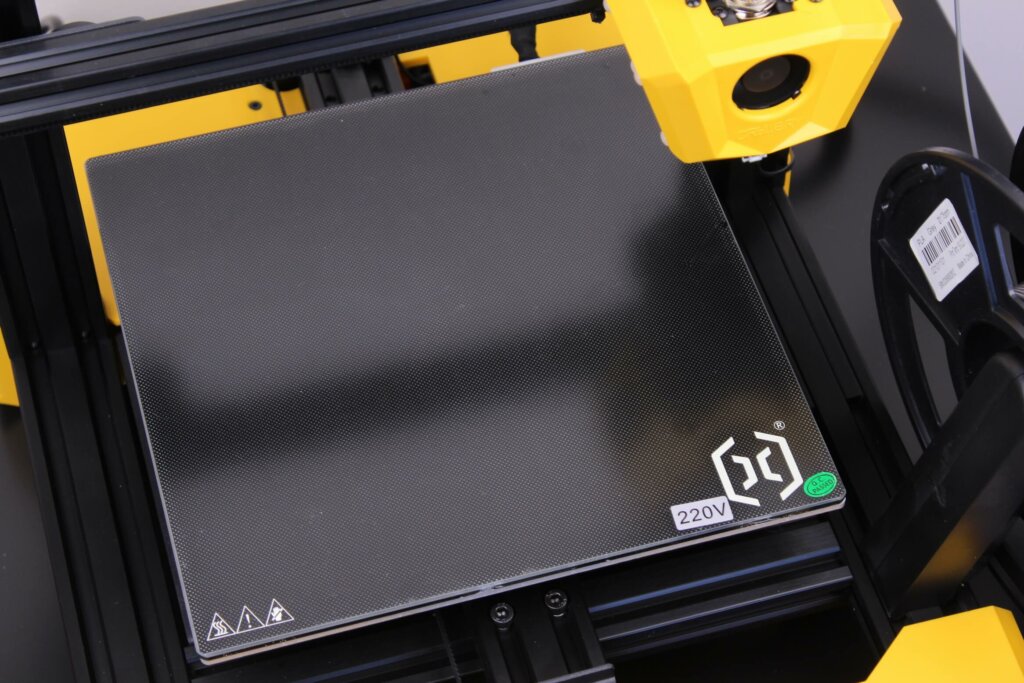
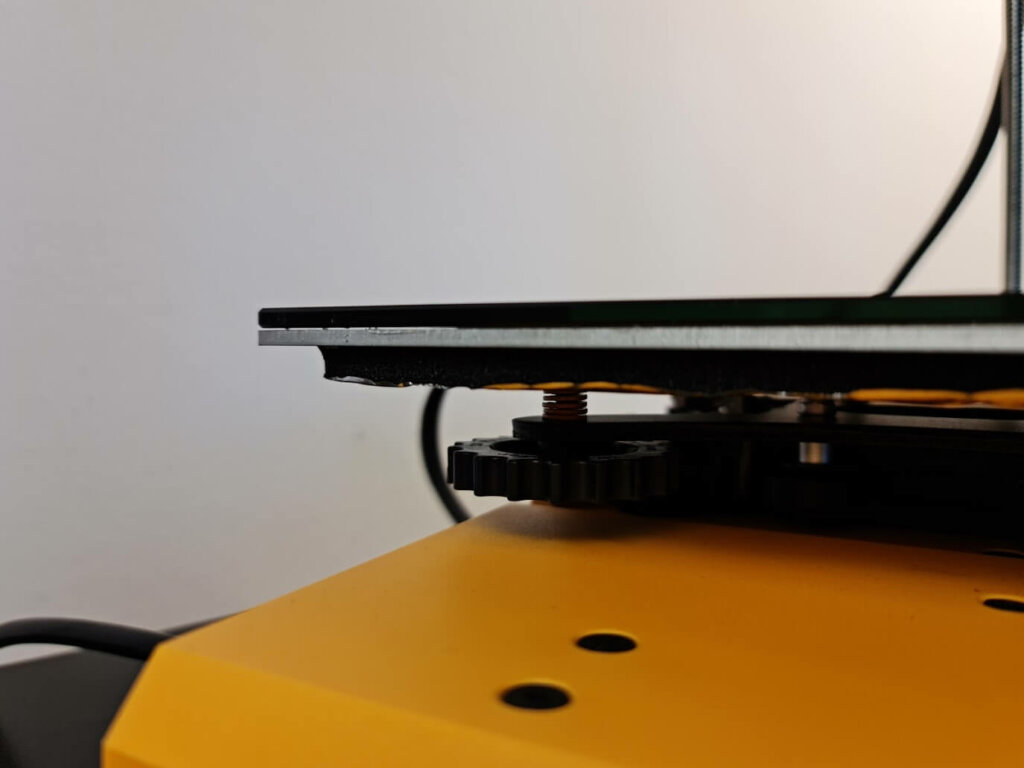
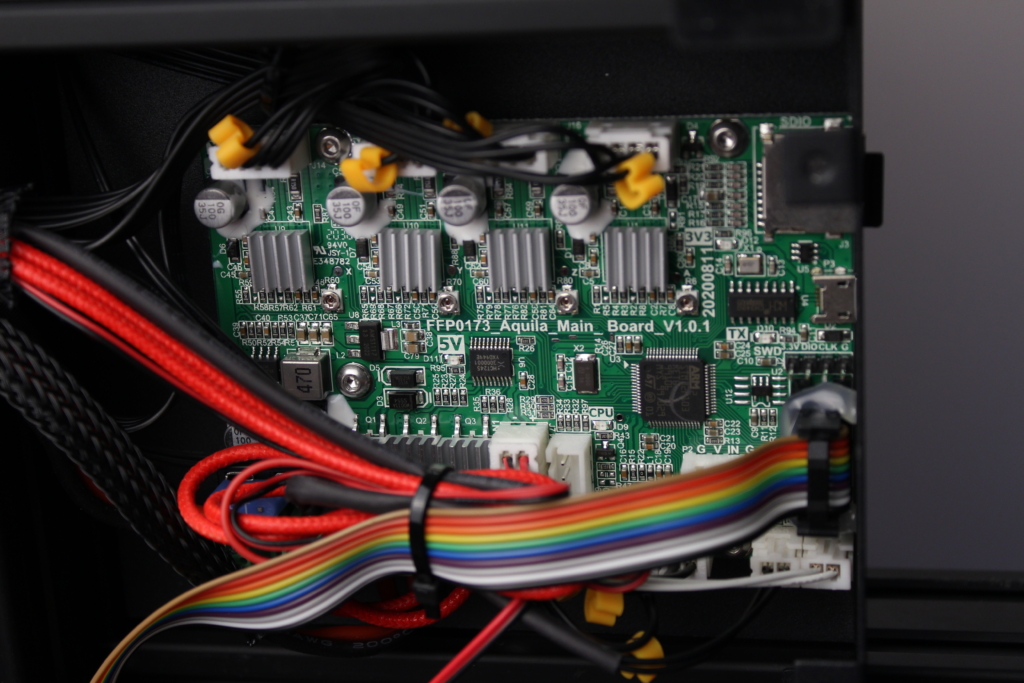
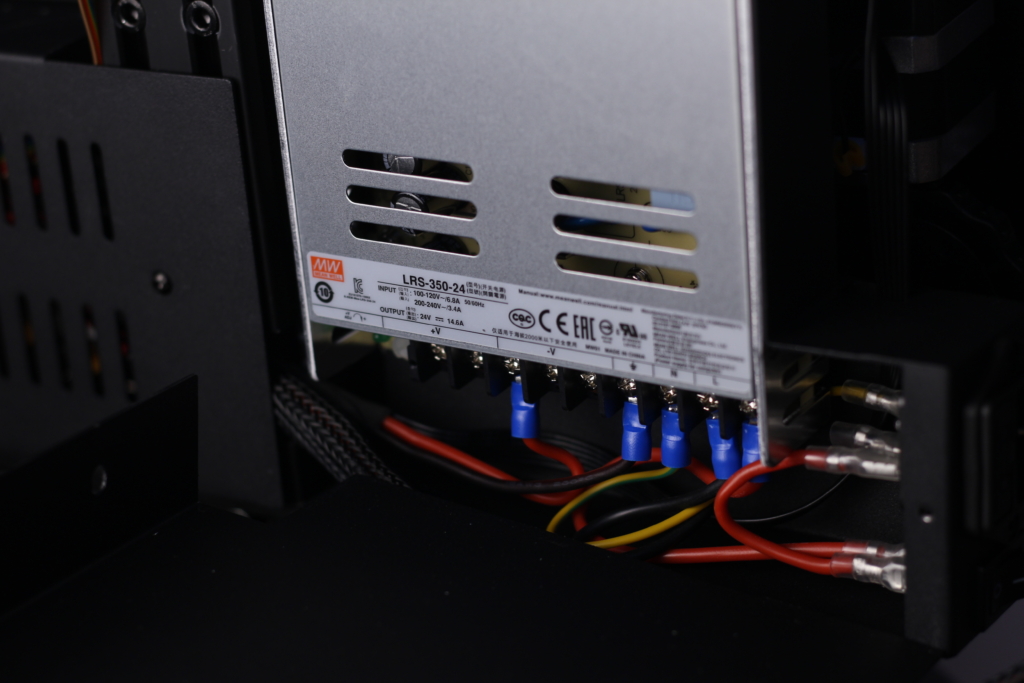

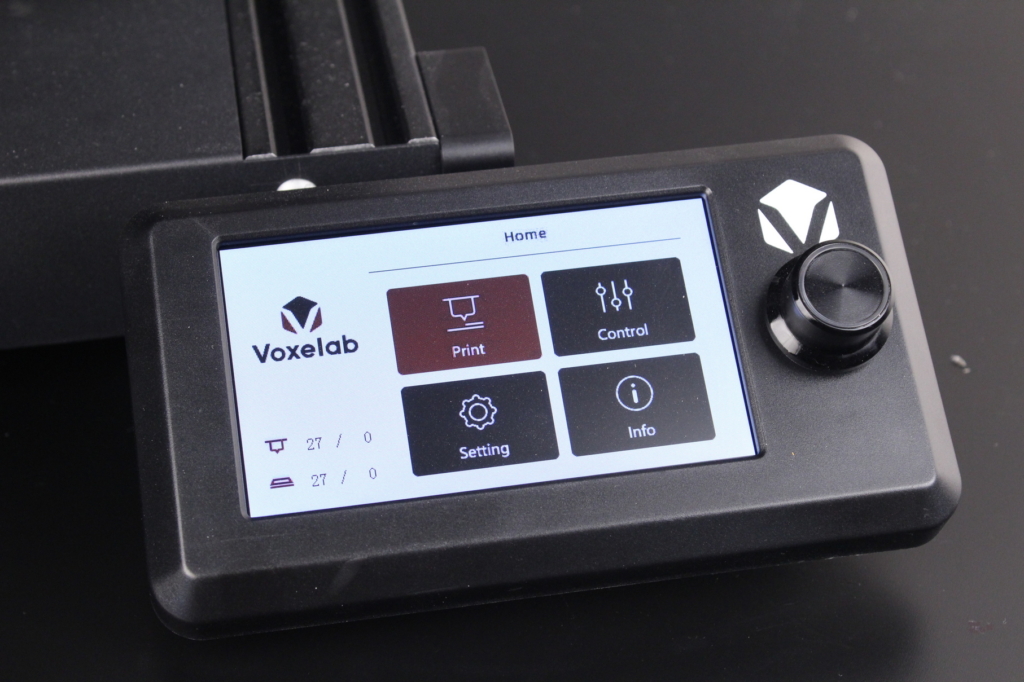

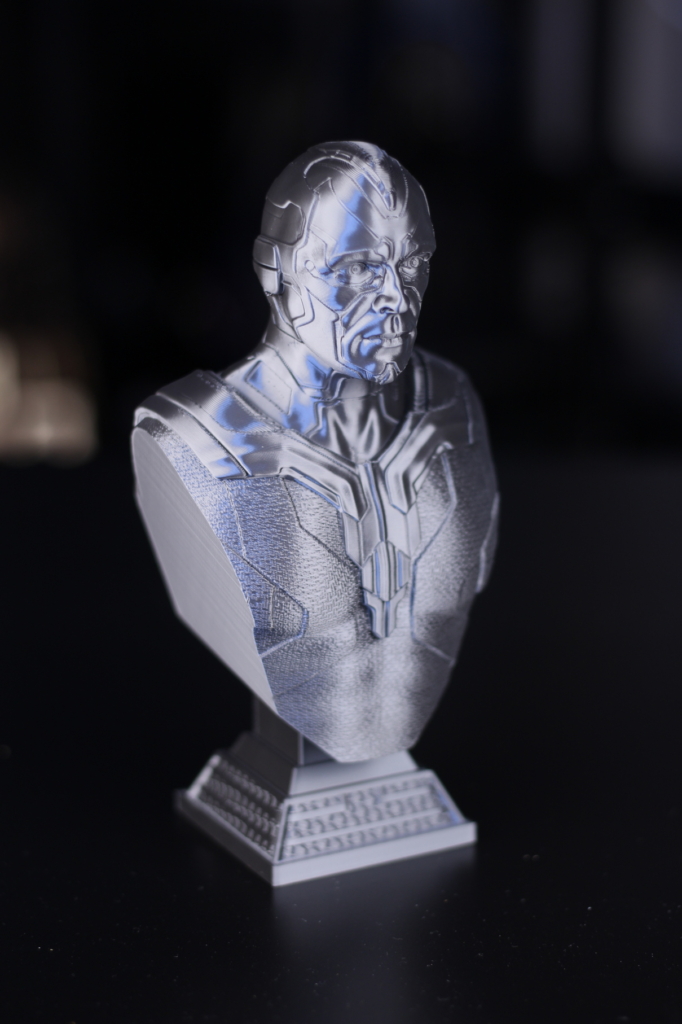
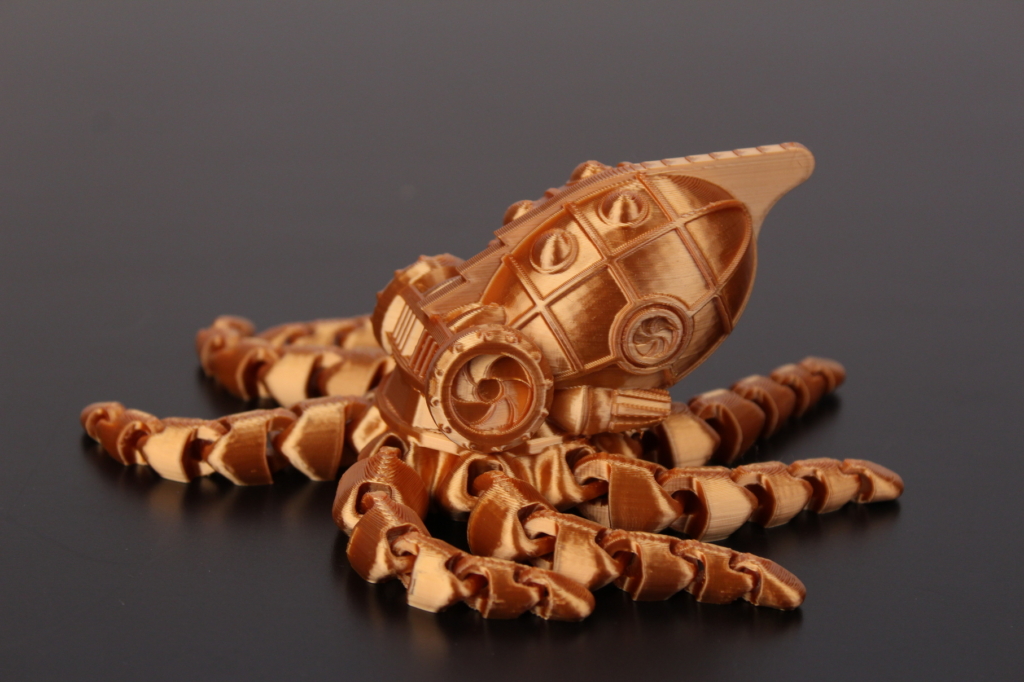
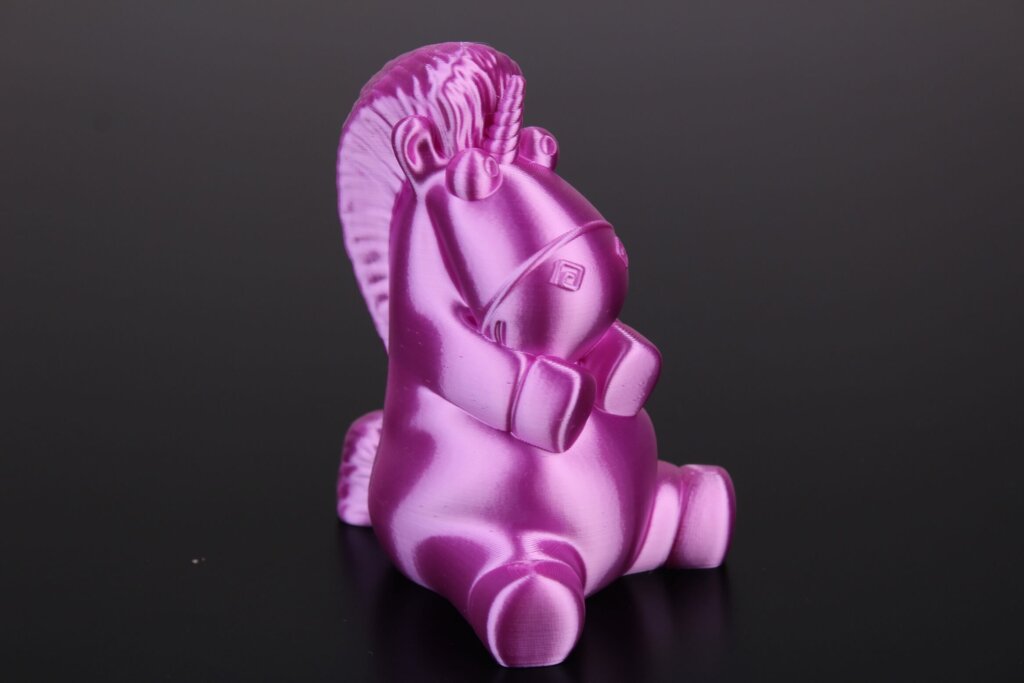
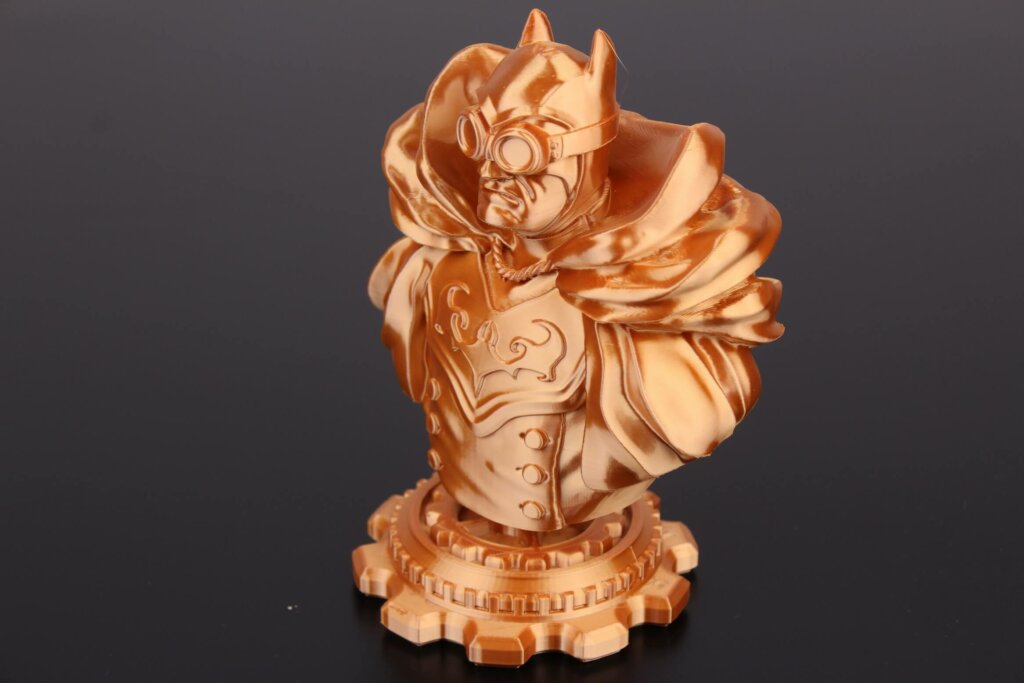

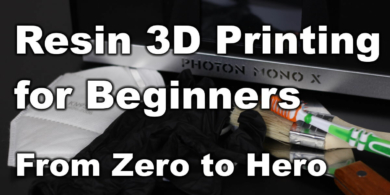
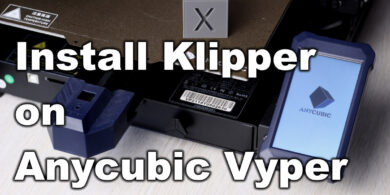
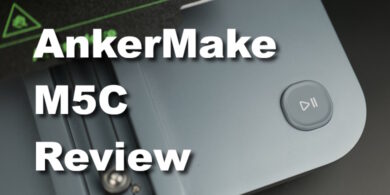
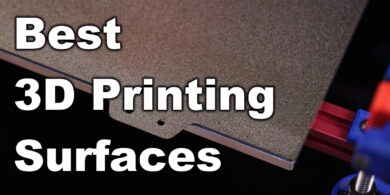
Thanks for the review! It’s very nice. In general your website is really helpful.
But I have the feeling you have a problem with Creality in general, you always say that it’s not really interesting without reviewing a lot of there products.
I treat every printer the same way. You would be surprised, but I’ve tested most of Creality’s printers 🙂
Just check my other reviews
The Voxelab Aquila has an unofficial subreddit r/VoxelabAquila with over 1500 active members for support.
Yep, but still less when you compare it with the Ender 3 V2
Aquila and Ender have 4010 cooling fans, not 3015.
Yeah. I had a brain freeze. All the three printers use 4010 fans.
Thanks for the heads up